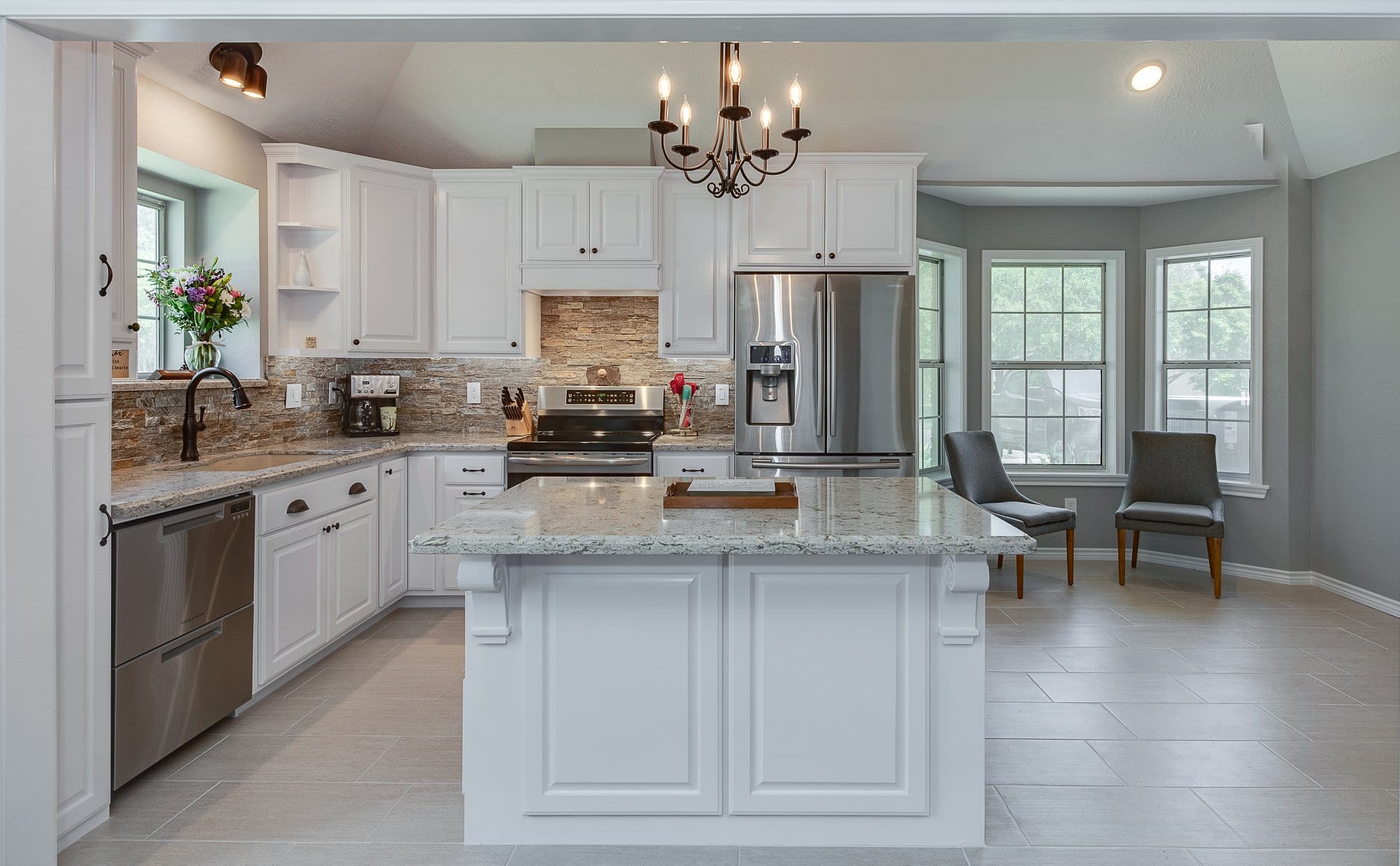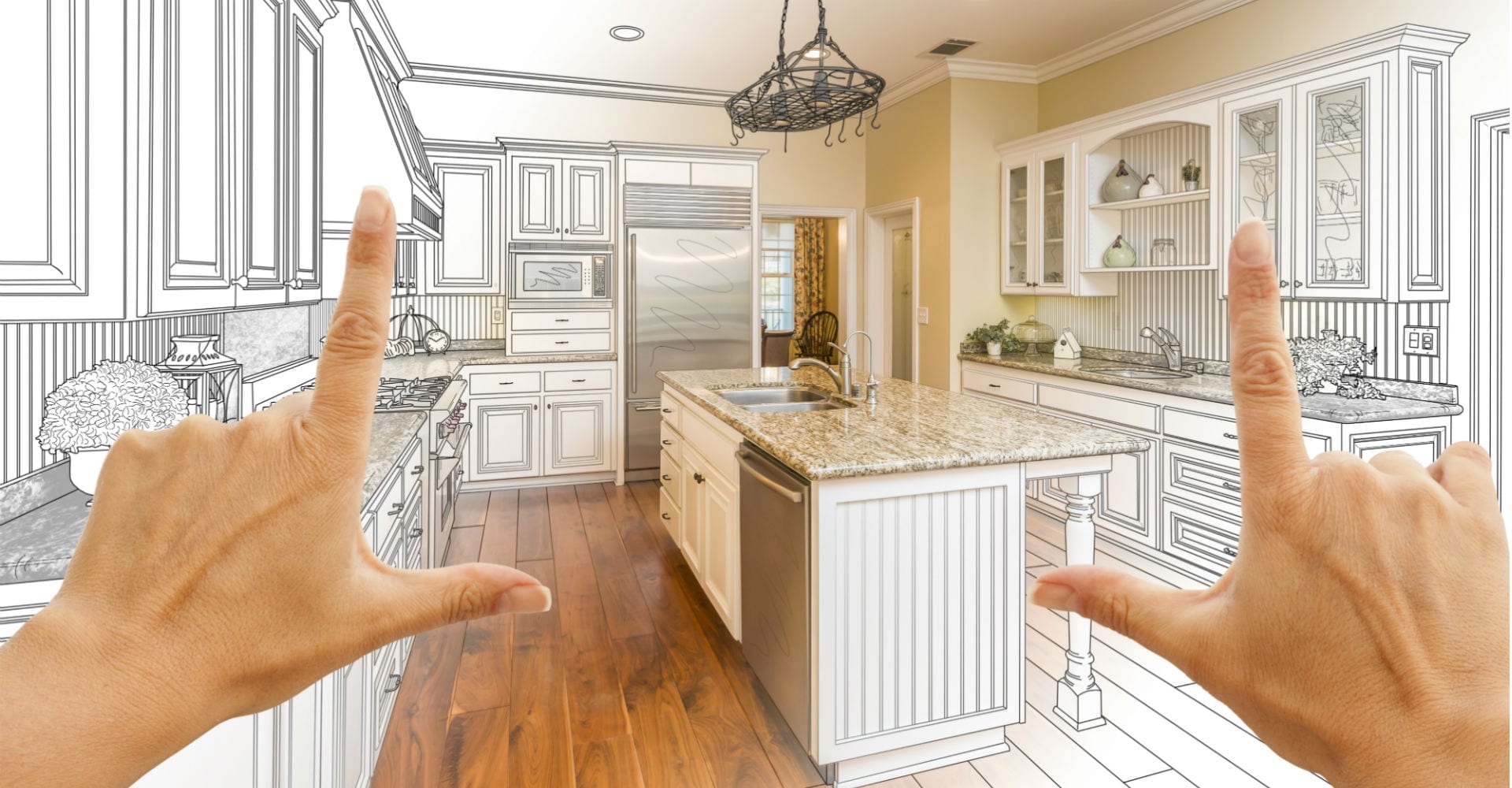What is the Design-Build process? How does it work?
The design-build process creates a single source of responsibility to take a project from concept to completion. This not only removes the frustration of shifting blame between the design and construction phases of a project, but it also allows for a team approach to problem solving.
Once a basic concept has been developed, we arrange a charrette which is a design meeting that pulls together all of the major stakeholders in a project. Typically this meeting will include the homeowner, the design team, the production manager, the carpenters, the electrician, the HVAC contractor, the plumber, the landscaper, and others. This meeting allows us to identify possible problems early in the process. It also allows us to design with more detail by bringing together and harvesting the knowledge base of each trade.
What are advantages of the Design-Build process?
- Reduced Problems – By bringing everyone into the process to work together, problems are more easily identified and solved in the design phase.
- Reduced Frustration – In the traditional approach in which one company does the design and another does the construction, there is an ongoing ping-pong match of blame. In the design-build approach, the designer and the contractor work together as a team, resulting in a cohesive and cooperative process.
- Reduced Resistance – With shared responsibility comes a shared motivation to solve problems. In the traditional approach, more effort goes into denying responsibility than taking it. The design-build approach allows for increased team work, reduced stress, and an easier path to problem solving.
- Improved Designs – Designers are not construction experts. When a contractor is placed on the design team with shared responsibility, you can bet that design is going to be mindful of difficulties that can arise in construction. The design-build process allows for very detailed designs that consider fine details.
- Cost Savings – If handled properly, savings do not come in the design phase. In fact, as designs become more detailed they can also become more expensive. The return comes from improved cost engineering and reduced problems during construction. A designer cannot be expected to understand material and labor considerations of the construction process, much less each trade in the process. When asked to be a part of value-engineering in the design-phase, trade contractors are often able to make recommendations that cut costs without compromising quality.










